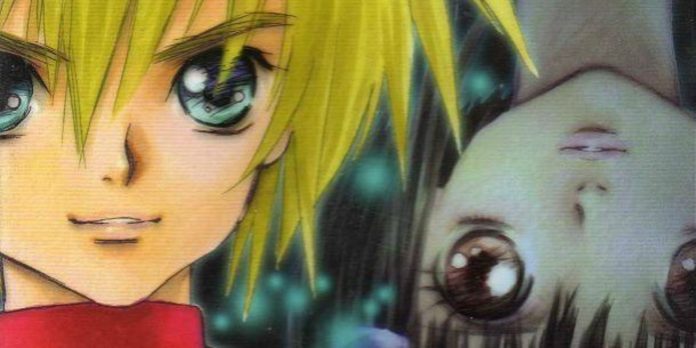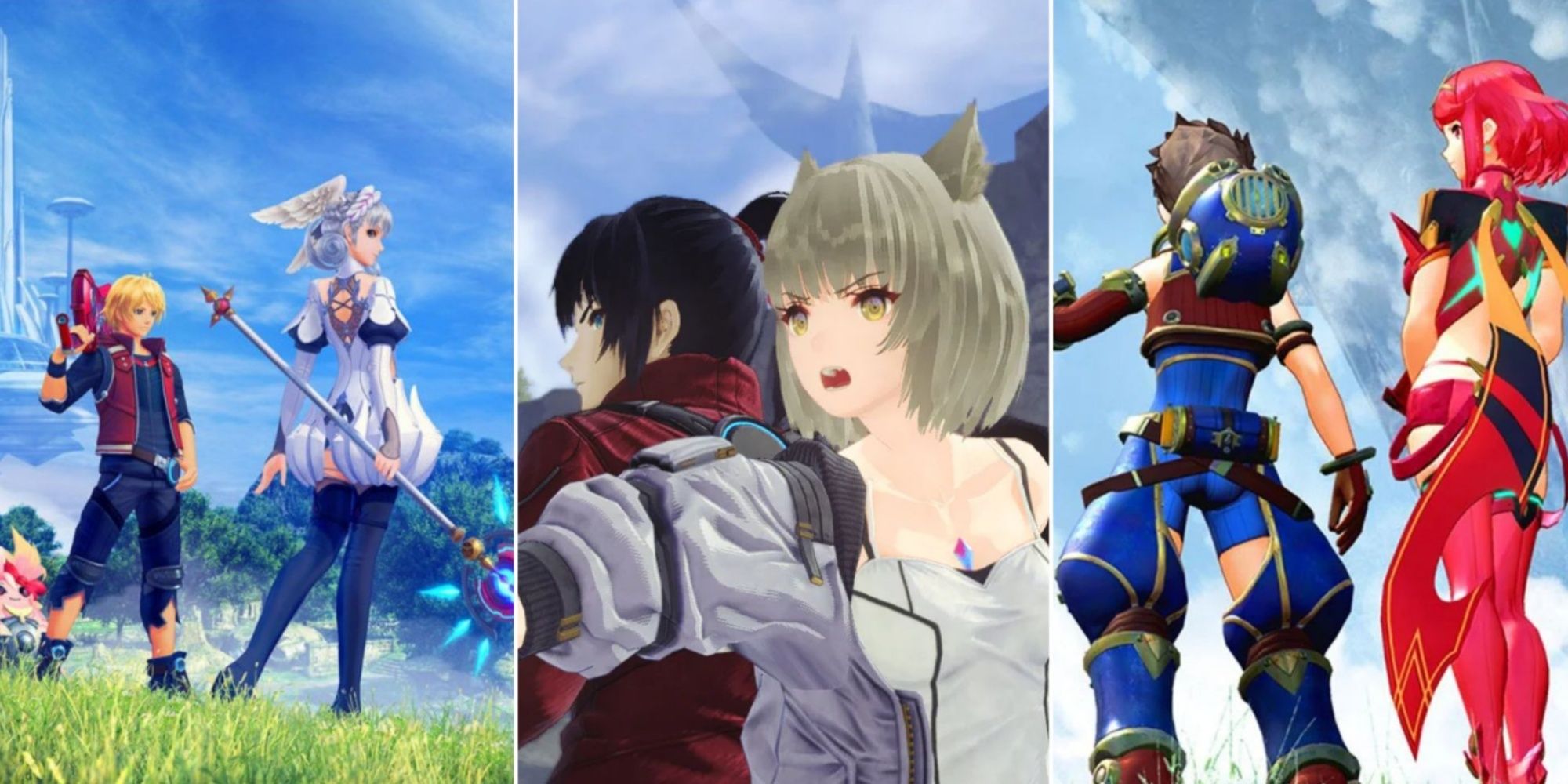Final Fantasy. Dragon Quest. Pokemon. Shin Megami Tensei. Kingdom Hearts. There are so many legendary JRPG series that I’ve barely scratched the surface with those five fast nods. The longer they get, the likelier they are to possess hidden gems. Excellent games that are as “forgotten” as anything can be within the framework of such a popular franchise.

Related
These RPGs Start Slow — But End In Masterpiece Territory
As a certain marathon-length game reminds you every time you hit a loading screen… “Take Your Time”.
These oddly-overlooked titles deserve some more love, right? I’m sure at least a few of you will have played ’em, and ideally, the bulk of you will agree that they’re ripe for replays. I’m shining a spotlight on the unsung chapters of JRPG IP history, and perhaps – just perhaps – there’ll be a bit more singing in years to come.
7 Xenoblade Chronicles X: Definitive Edition
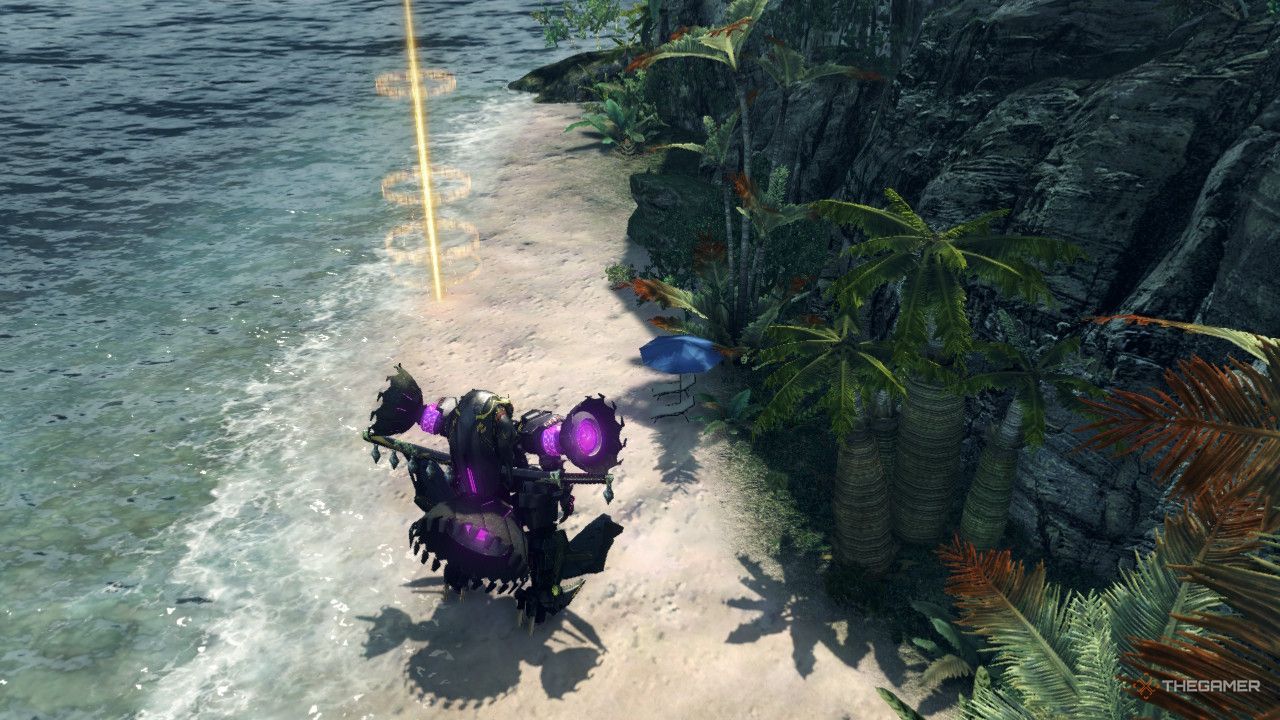
We’ll kick things off with a game that’s not quite forgotten, so much as consistently underplayed. The recent release of Xenoblade Chronicles X: Definitive Edition for Nintendo Switch gave a new lease on life to an original Xenoblade Chronicles X that was strapped to the poor-selling Wii U.
As of this writing, the remaster is just a few months behind us, in fact. Undoubtedly, a fair bit more players have discovered the goodness here. But what we know of Definitive Edition’s sales doesn’t suggest it’s enjoying the same level of commercial acumen as its numbered Xenoblade brethren. And that’s a bit of a shame.
Xenoblade Chronicles X is, in many ways, not at all like the groundbreaking Wii classic and its two direct sequels. Rather than a central focus on a traditionally-delivered JRPG narrative of considerable length, X prefers to provide the heart of its storytelling through its large number of side quests.
It’s more of a systems-driven video game (not that any Xenoblade Chronicles title is lacking in nuts-and-bolts RPG mechanics, to be sure), and while exploration is at the forefront of all four titles, it’s the driving force here the whole way through. Big moments are less about calamitous revelations – those do happen, but they’re not as plentiful, nor as strongly-delivered – but about stuff like gaining access to your Skells (read: giant robots) instead. The open world of Mira is not just breathtaking; it’s one of the best that gaming’s ever seen.
6 Suikoden Tactics
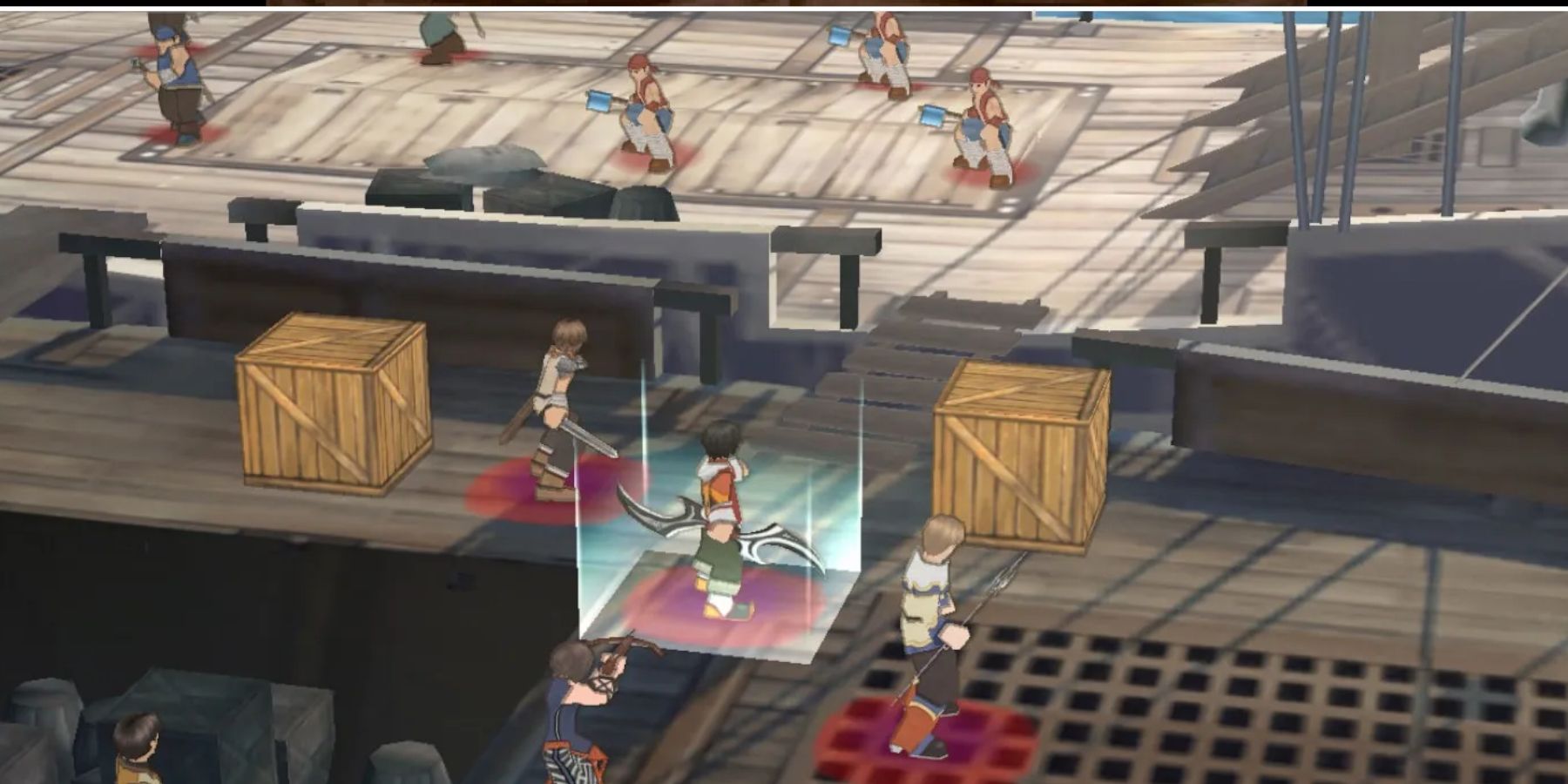
The Suikoden series has been given the new lease on life it was deprived of for so long with the recent release of Suikoden I & II HD Remaster: Gate Rune and Dunan Unification Wars, a title I challenge you to say five times fast. The two-in-one remaster of the first couple of games in this legendary series has hopefully sold quite well (within its means, in any case), as I desperately want to see a bright future for Konami’s long-dormant epic.
Handily the weakest of the five mainline entries, Suikoden IV was a bummer of a game. It’s hardly the worst RPG ever made by any stretch of the imagination, but next to its peers, it’s rough tides. Nothing about this game really comes together. That’s why its half-prequel, half-sequel spinoff, Suikoden Tactics, was never given the number of eyeballs it deserves.

Related
These RPGs Start Slow — But End In Masterpiece Territory
As a certain marathon-length game reminds you every time you hit a loading screen… “Take Your Time”.
The isometric turn-based strategy genre, within the JRPG landscape, is most commonly associated with Final Fantasy Tactics. More on that in a sec. But there are other gems, and while none are quite as good – maybe Tactics Ogre is, come to think of it – several are still more than rich enough. If you dropped Suikoden IV, you should still check out Suikoden Tactics. Don’t expect a great plot, but everything else clicks.
5 Tales Of Destiny 2

Tales of Destiny 2 has never been officially released outside of Japan. Suffice it to say, that puts a severe limit on its international reach. The Tales series is hardly a small-time deal among JRPG enthusiasts worldwide; Tales of Symphonia, Tales of the Abyss, Tales of Vesperia, and Tales of Arise are four heavy hitters, but there are plenty of close-behinds.
Alas, poor Tales of Destiny 2. Set 18 years after the events of its predecessor – which only ever made it to North America, and then only its PS1 version but not its PS2 remake – Tales of Destiny 2 follows a young protagonist who is the offspring of the first title’s fallen-in-love protagonists. The game introduces a pretty major shocker very early on, and in doing so, tips its hand a bit. After all, time travel is sprinkled heavily into the mix from an early start.
The Linear Motion Battle System iconic to early Tales games returns in Tales of Destiny 2, and the developers bring the ol’ LMBS to new heights. Tales of Destiny 2’s got some of my all-time favourite combat in a series known for delivering battle-centric thrills. You’ll need to do some looking around in order to play this if don’t live in Japan, if you uh, catch my drift, but it’s worth the hassle. Just make sure to play Tales of Destiny beforehand.
4 Fire Emblem: Genealogy Of The Holy War
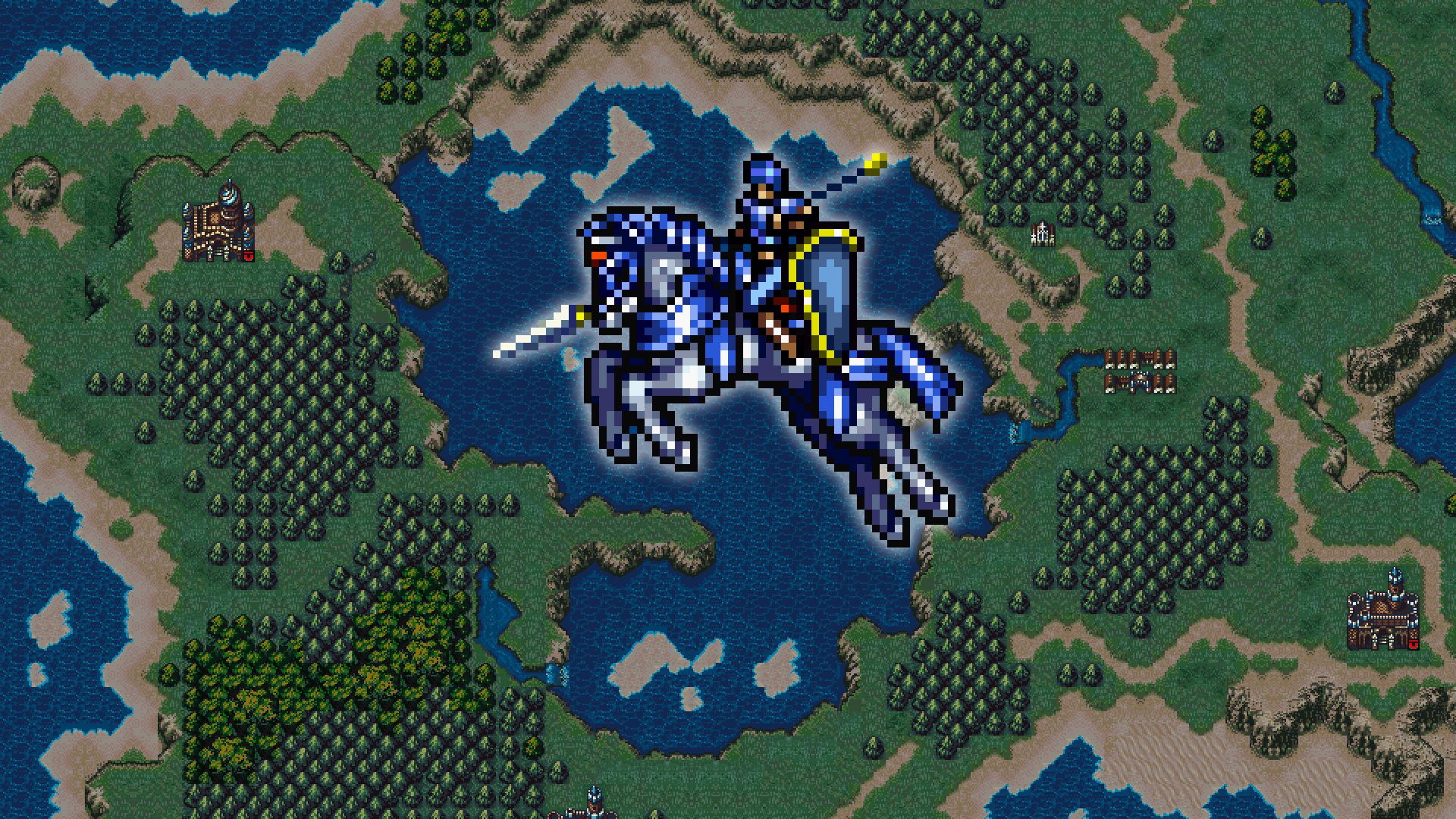
I’ve lost track of how many years we’ve been hearing that a remake of Fire Emblem: Genealogy of the Holy War is imminent. There’s enough smoke there for me to suspect it was at least in development at one point. Nintendo is so weird sometimes that I can easily see them announcing it with a shadow-drop, out of nowhere, on a random Monday morning. I live in hope.
Genealogy of the Holy War is superb. It is probably my favourite entry in one of my favourite series. The fights are tough, the strategy’s deep, the map sizes are fabulously large, and the multi-generational approach to the narrative lends a clever touch to unit recruitment, with the children of some first-generation characters coming into focus after the timeskip.
Like Tales of Destiny 2 before them, neither 1996’s Genealogy of the Holy War nor its 1999 interquel-styled “sequel”, Thracia 776, have been released in the West. There’s an excellent fan translation for Genealogy, however. I’ve yet to play Thracia 776 except in the original Japanese (and no, I don’t speak fluently, so yes, that was a challenge-and-a-half), but I’ve heard good things for that game, as well.
3 Final Fantasy Tactics A2: Grimoire Of The Rift

There’s a lot of chatter right now about the Final Fantasy’s Tactics sub-series. The soon-to-be-released extensive remaster of the original Final Fantasy Tactics, subtitled ‘The Ivalice Chronicles’, has reignited people’s passions for not only that darkly-driven and engrossingly medieval classic but its Game Boy Advance successor as well. Final Fantasy Tactics Advance has far more whimsy and a generally simpler story, but it has plenty of fans, all the same.
And then there’s Final Fantasy Tactics A2: Grimoire of the Rift. One might think a release on the immensely popular Nintendo DS would have helped the third entry in the Tactics lineup to gain all the more notoriety, but in my experience, relatively few seem to know the thing exists.
A2, which is more akin to FFTA than FFT in setting and tone, is nonetheless noteworthy in its own right for being set within the “canon” depiction of Ivalice (like FFT, and not like FFTA). Being set in the same era as Final Fantasy 12 and its direct spin-off, Final Fantasy 12: Revenant Wings enables Grimoire of the Rift to even bring back a few characters, including Vaan, Penelo, Al-Cid, and a bevvy of pre-established moogles.
While there are a handful of things that FFTA does better by comparison – FFTA2’s story is somehow even thinner, for instance – the gameplay is a natural evolution of what came before it. Sporting 300 quests and ample strategic opportunities to make the most of them, this is well worth a playthrough.
2 Shin Megami Tensei: Digital Devil Saga (1 And 2)
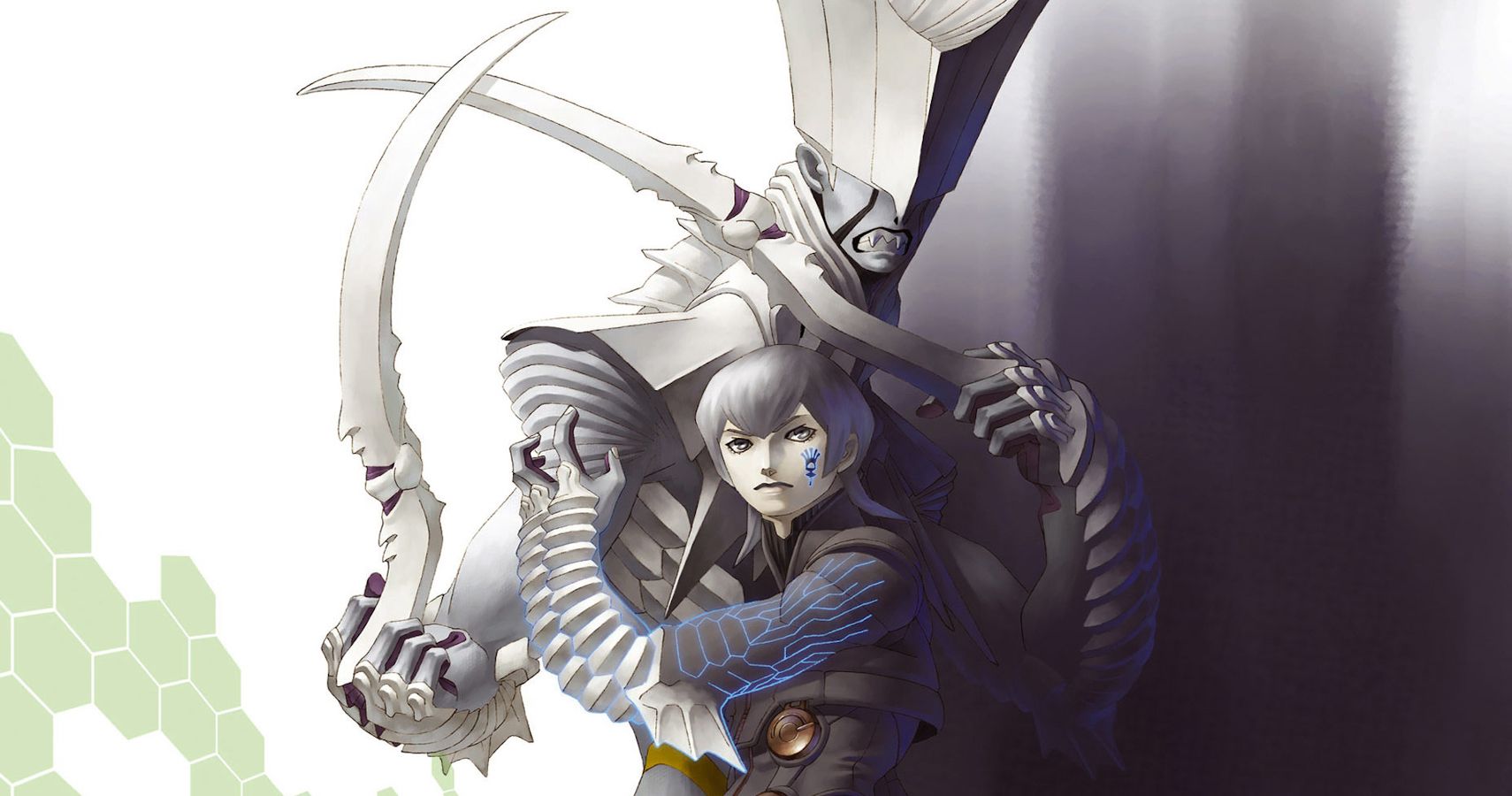
Next up is not one game, but two. Megami Tensei has always been one of the great middleweights of the JRPG scene, and its popularity has grown by leaps and bounds via the explosive success of the Persona sub-franchise. Indeed, many barely even include Persona within the SMT umbrella anymore, including Atlus themselves to a degree; Persona games have lacked the “Shin Megami Tensei:” bit for ages.
There’s plenty to enjoy throughout the extensive history of SMT games. Might I humbly recommend the PlayStation 2’s Digital Devil Saga duology? Released between 2004 and 2005, the games follow Embryon, one of the six great tribes spread out across the digital world of Junkyard, and eventually, the post-apocalyptic real world itself.
An unmistakable sense of maturity permeates within Digital Devil Saga. Novelist Yu Godai created the initial draft for the story before moving on to publish a series of books which tell her distinct original tale, but what we’ve got within DDS is strong enough even with all the tweaks and deviations. Both the gameplay and the story start off solidly in the first game before blooming into something all the better in the second. HD remasters when, Sega?
1 Dragon Quest 7: Fragments Of The Forgotten Past
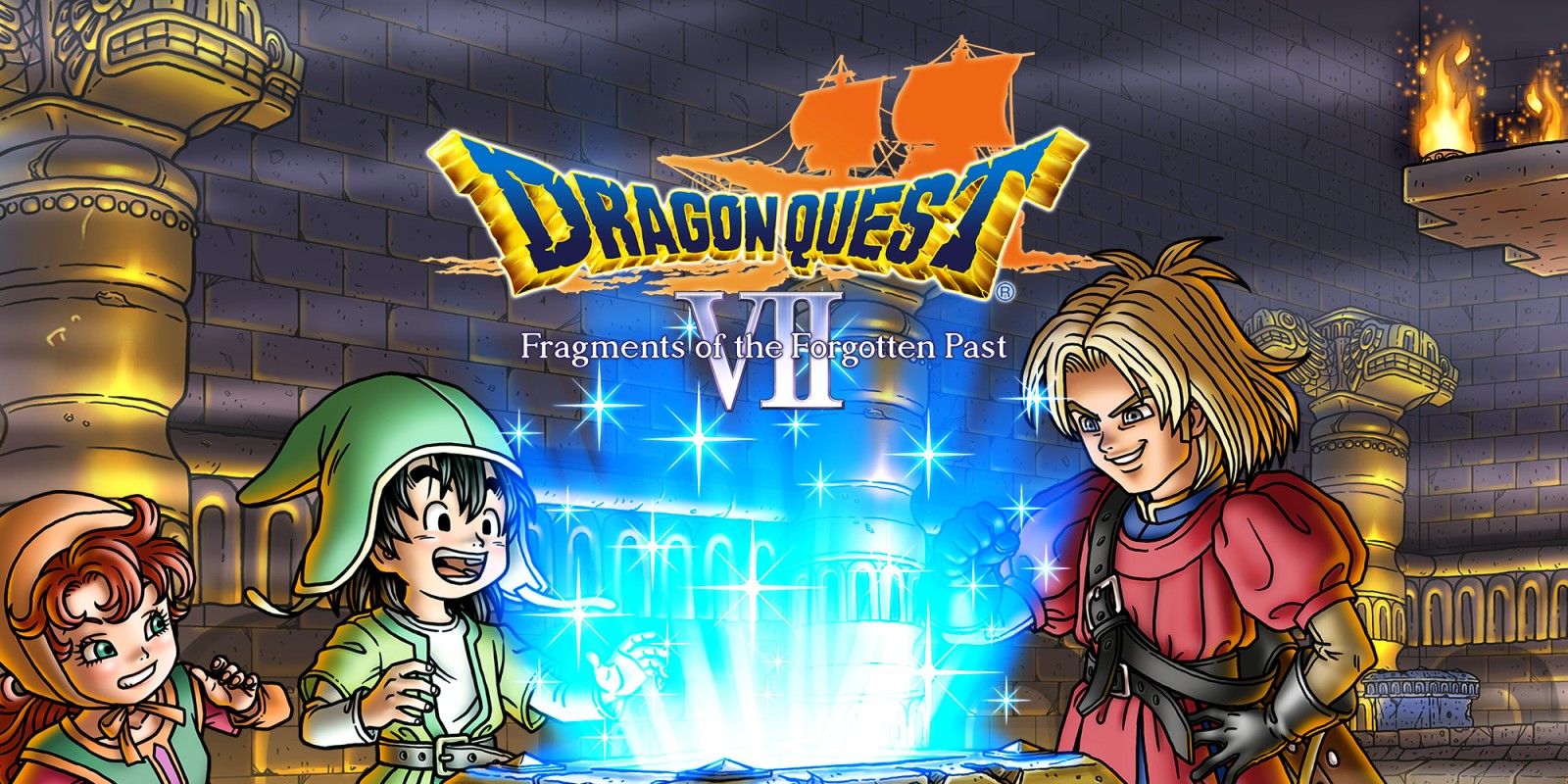
Dragon Quest 7 gets a lot of flak for its allegedly egregious length. Look, I’m not going to argue the fact that this is a very long video game, in a genre that’s known for it, within a series that is distinctly known for it. A normal playthrough will last many players around 100 hours, and a more robust one will take you another 40 or more. Dragon Quest 7 is unapologetic about its runtime.
For many, this is a nonstarter. Myriad complaints haunt the modern internet about games being too long. I get it. Time is a precious resource. Between work and/or school, marriage and/or children, all those other “and/or” qualifiers, not everybody can commit to such an endeavour. For the rest of you, however, I strongly suggest giving this willfully-slow Dragon Quest epic a chance.
The game is purposefully built to accommodate multiple largely-standalone arcs as it builds toward a grand finish. Many Dragon Quests are like this to varying extents, but the seventh mainline entry wears the formula on its sleeve almost from start to finish.
The process of restoring each of the past’s continents to a present-day timeframe that has forgotten they ever existed takes the protagonist and his memorable band through multiple adventures, each with their own flavour. This is seriously an underrated gem of a game.
Opinions vary on whether to play the original PlayStation version of Dragon Quest 7 or its Nintendo 3DS remake. There’s no denying that the pacing is “improved” in the latter; the prologue’s aggressively glacial length is cut down substantially. Various quality of life improvements abound, too. Personally, I’d say go with PS1. If you’re committing to DQ7, you’re committing to a marathon, anyway. The longer prologue presents a stronger atmosphere.
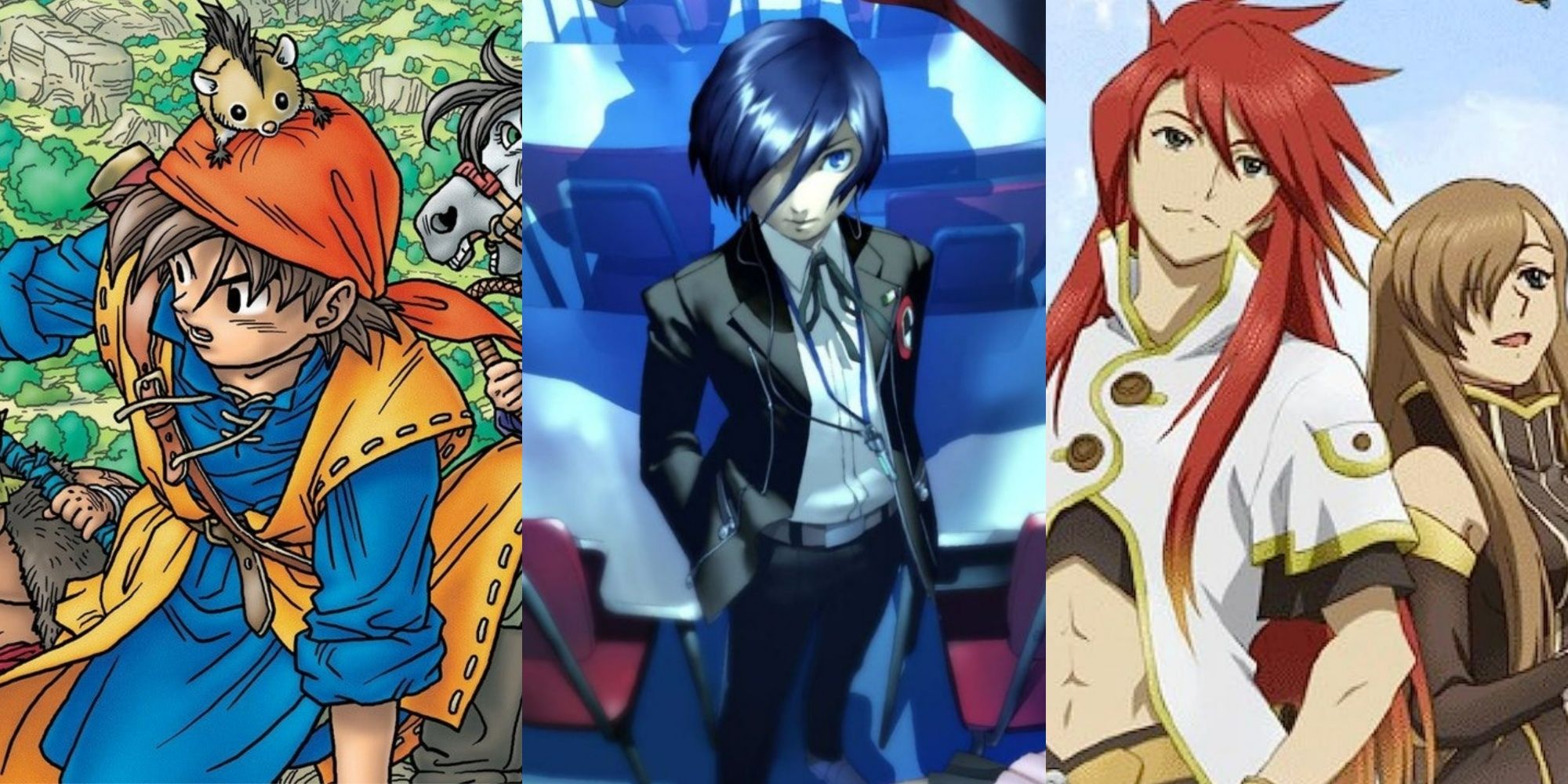
Next
The 19 Best JRPGs Of The PS2 Era
JRPGs are alive and well. but there were just so many of ’em for PS2.
